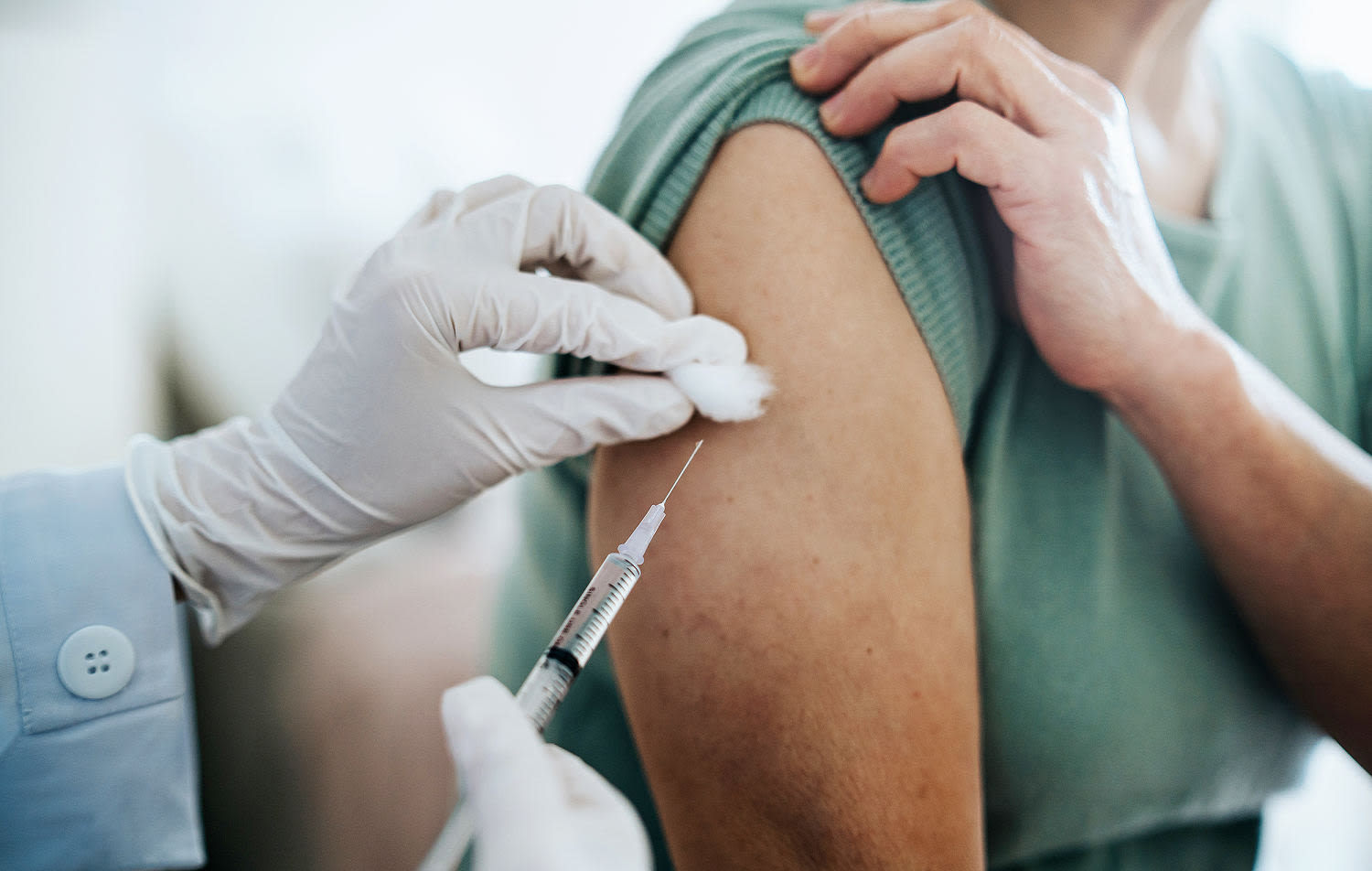Search results
CVS COVID-19 Vaccine Near Columbus OH
www.cvs.comPharmacy LocationBy appointment only1211 Morse Road(614) 268-80904777 Sawmill Road(614) 459-76413499 Clime Road(614) 276-26512160 North High Street(614) 294-210555 Graceland Blvd(614) 781-94071892 N High Street(614) 298-8051759 Neil Avenue(614) 224-9275An attenuated vaccine (or a live attenuated vaccine, LAV) is a vaccine created by reducing the virulence of a pathogen, but still keeping it viable (or "live"). [1] Attenuation takes an infectious agent and alters it so that it becomes harmless or less virulent. [ 2 ]
- Inactivated vaccines. Inactivated vaccines use the killed version of the germ that causes a disease. Inactivated vaccines usually don’t provide immunity (protection) that’s as strong as live vaccines.
- Live-attenuated vaccines. Live vaccines use a weakened (or attenuated) form of the germ that causes a disease. Because these vaccines are so similar to the natural infection that they help prevent, they create a strong and long-lasting immune response.
- Messenger RNA vaccines—also called mRNA vaccines. Researchers have been studying and working with mRNA vaccines for decades and this technology was used to make some of the COVID-19 vaccines.
- Subunit, recombinant, polysaccharide, and conjugate vaccines. Subunit, recombinant, polysaccharide, and conjugate vaccines use specific pieces of the germ—like its protein, sugar, or capsid (a casing around the germ).
News about FDA, Flu season, CDC
News about Bavarian Nordic, mpox, vaccine trials
Also in the news
Apr 16, 2021 · Live-attenuated vaccines are a very effective type of vaccine used in the prevention of diseases including influenza, chickenpox, measles, polio and TB.
Jan 12, 2021 · A live-attenuated vaccine uses a living but weakened version of the virus or one that’s very similar. The measles, mumps and rubella (MMR) vaccine and the chickenpox and shingles vaccine are examples of this type of vaccine.
- Live-attenuated vaccines. Live-attenuated vaccines contain live pathogens from either a bacteria or a virus that have been "attenuated," or weakened. According to Dr. Scully, live-attenuated vaccines are produced by selecting strains of a bacteria or virus that still produce a robust enough immune response but that does not cause disease.
- Inactivated vaccines. Inactivated vaccines take a live pathogen and inactivate or kill it. When the vaccine is then introduced to a human through a shot, for example, the inactivated pathogen is strong enough to create an immune response, however, is incapable of causing disease.
- Subunit vaccines. Subunit vaccines are made from a piece of a pathogen, not the whole organism, so they do not contain any live pathogens. Some important subunit vaccines are polysaccharide vaccines, conjugate vaccines, and protein-based vaccines.
- Toxoid vaccines. Toxoid vaccines use inactivated toxins to target the toxic activity created by the bacteria, rather than targeting the bacteria itself.
Mar 14, 2024 · Live Attenuated Influenza Vaccine [LAIV] (FluMist Quadrivalent) is given as a nasal spray. This vaccine is made with attenuated (weakened) live flu viruses, and is approved for use in people aged 2 through 49 years. This vaccine is not recommended for use in pregnant people, immunocompromised people, or people with certain medical conditions.
May 24, 2023 · Because they contain living bacteria or viruses, live-attenuated vaccines can provide enduring protection with only two doses. By contrast, non-live vaccines typically require at least three doses to achieve protection that fades over time and must be restored with booster doses.



